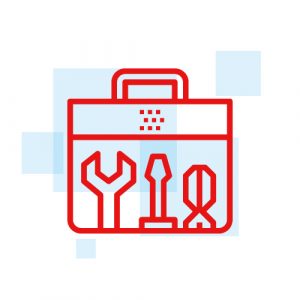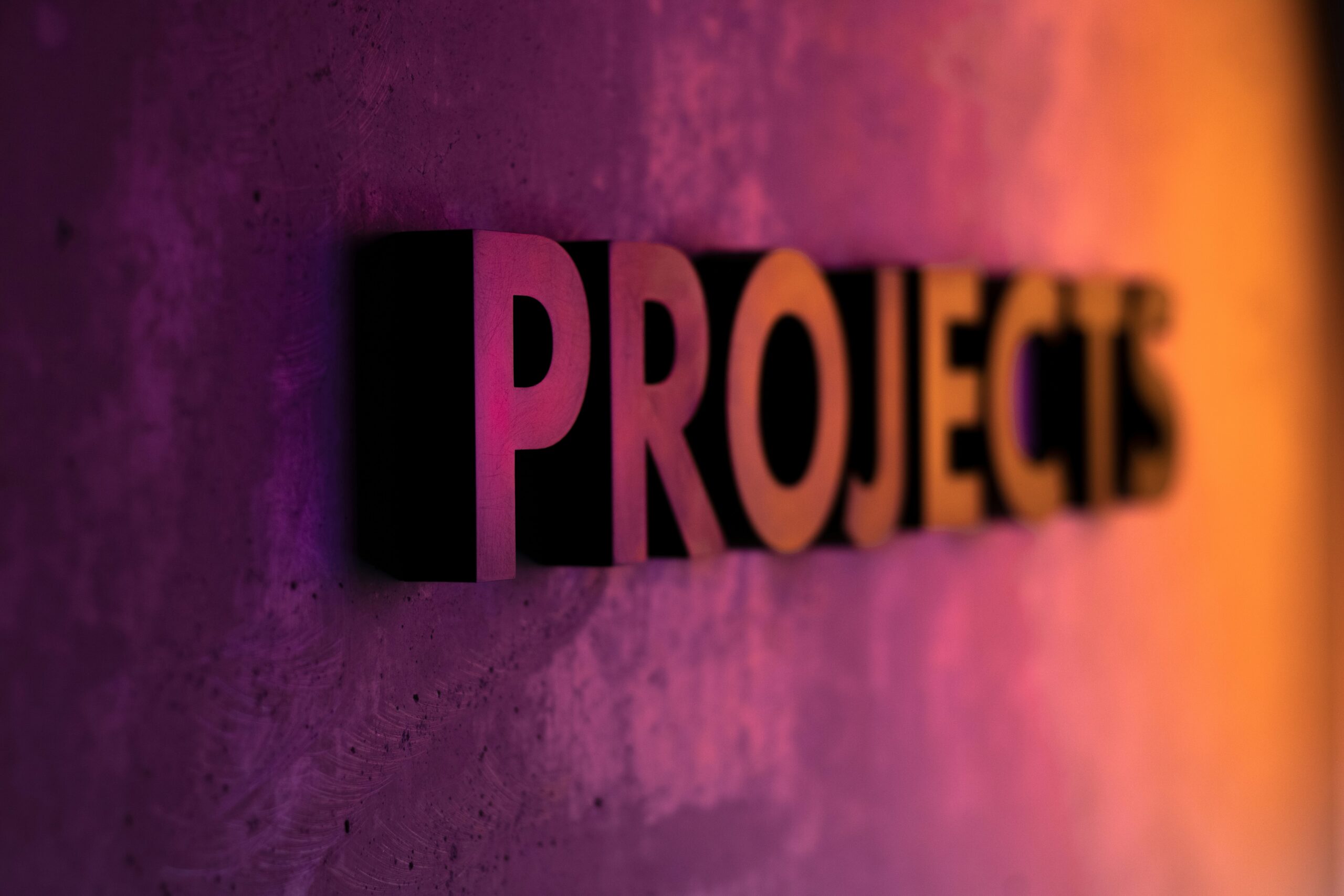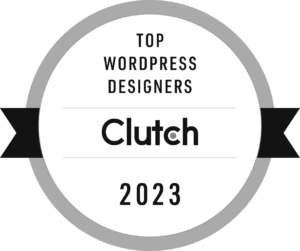It’s inevitable—technology changes, needs change, new feedback comes in—any number of things can impact the direction of a project at any time.
The takeaway here is not, “well, if it’ll get derailed why put so much effort into planning up front?” Proactive web design project management is still important. It’s more about having an effective toolkit, knowing how to use it (and when), so you’re able to ride the ups and downs and keep the project on course as you steer toward the horizon.

The Web Design Project Management Toolkit
We talk a lot about the importance of website planning but it’s this planning that allows you the opportunity to develop a toolkit that works. This toolkit may include many things but should always include these 6 basics to answer your Who, What, Where, When, Why and How.
What (Project Scope)
What are we doing within the scope of work for the project. Have a clear understanding of what is and isn’t included and how to handle items that fall outside of scope.
Why (Project Goals)
Clear and measurable goals indicating whether the project is a success once completed. When changes to the plan need made, refer to these goals to ensure the ‘Why’ will still be accomplished.
Who (Team Responsibilities)
Identify teams, roles and responsibilities for each person involved in the project. Reinforce the ‘We’, we’re all in this together and each have a critical part to play, we will tackle challenges and celebrate wins together.
How (Bandwidth & Budget)
Breakdown of how the budget will be used. Determine when and how to measure this along the way to ensure you’re on track at each phase.
When (Milestones & Schedule)
Outline of key dates for milestones and deliverables so everyone knows what is due when. Know if your due date is fixed or flexible. Identify where it could go off track and discuss with the teams ahead of time particularly around feedback and QA dates.
Where (Organization)
Where are things stored and captured so they are easily accessible to everyone: communication, important decisions, discussion notes, files, etc.

Full Steam Ahead
With your toolkit in place, create a rhythm throughout the project to continually review and evaluate the health and progress of the web design project. Most importantly, be sure to schedule enough time for these recurring tasks and keep your eye on the compass—you’ll reach your destination in no time!








